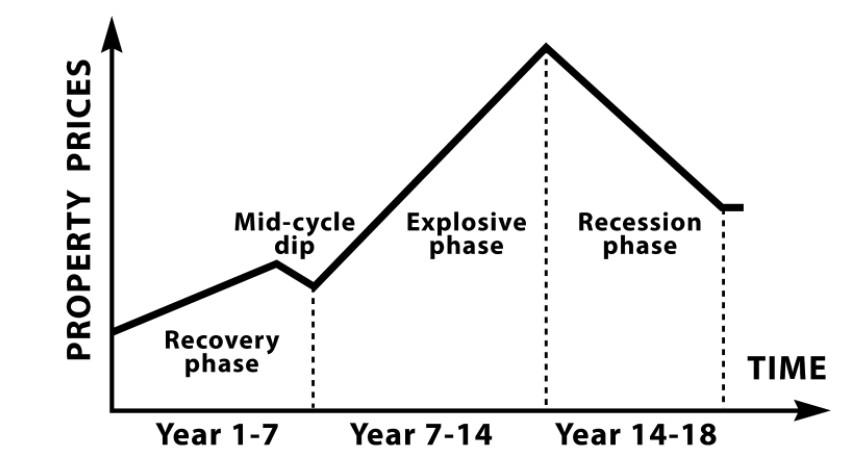Being a Real Estate Investor and Landlord can significantly bolster your savings, but it also involves considerable work. Beyond purchasing the property, you must find tenants, secure insurance, pay a mortgage, and cover property taxes. Renting out a property can also complicate your personal tax situation. Fortunately, the government allows deductions for certain expenses associated with running a rental property. The IRS stipulates that deductible expenses must be ordinary, necessary, and generally accepted in the rental business.
A financial advisor can assist in managing the tax and financial implications of your real estate holdings.
Top Rental Property Tax Deductions
As a rental property owner, several expenses can be deducted from your taxes to save money and improve your overall operation. The nine most common rental property tax deductions are:
1. Mortgage Interest
Mortgage interest is typically the largest deductible expense for landlords. You can only deduct interest payments, not the principal. Monthly statements separate these components, making it easy to reference the annual total interest by multiplying the monthly amount by 12. Additionally, you can deduct origination fees, points used to purchase or refinance the property, interest on unsecured loans for improvements, and credit card interest for rental-related purchases. Consulting an accountant or financial advisor can help navigate these deductions.
2. Property Taxes
State and local governments collect property taxes, which can vary significantly. These taxes are deductible, and the exact rate can be found on your escrow summary or by consulting a tax professional. Rental licensing fees and occupancy taxes for short-term rentals are also deductible. Note that the IRS limits state and local income, sales, and property tax deductions to a combined $10,000 ($5,000 for married taxpayers filing separately).
3. Travel and Transportation Expenses
Transportation expenses for landlords who travel to multiple properties or live far from their rental can be deducted. This includes costs for showing the property, collecting rent, and property maintenance. You can use either actual expenses or the standard mileage rate (65.5 cents per mile for 2023) for deductions.
4. Real Estate Depreciation
Depreciation, or the decrease in value due to wear, tear, and obsolescence, is deductible. You can claim depreciation as soon as the property is available for rent, over a period of 27.5 years as per the IRS. Only the structure’s value, not the land’s, can be depreciated. Equipment and improvements that add value, adapt the use, or extend the property’s life are also deductible. Refer to IRS Publication 946 for guidance on depreciating property.
5. Maintenance and Repairs
While improvements are deductible through depreciation, certain repair and maintenance costs are separately deductible. These efforts keep the property in rentable condition but do not add significant value. Examples include additions, landscaping, heating and AC systems, plumbing, insulation, and interior upgrades. Labor costs for hired workers and rental fees for tools and equipment used for repairs are also deductible.
6. Utilities
If you cover utilities like gas, electricity, water, heating, AC, internet, cable, or satellite for your tenants, these expenses are deductible. Even if tenants reimburse you later, you can claim the reimbursement as income while continuing to deduct the expenses.
7. Legal and Professional Fees
Professional fees related to your rental property are deductible. This includes costs for a CPA or tax preparation software, legal fees for rental paperwork, real estate agent commissions, and advertising expenses. Legal fees for evictions and advisor services discussing the rental property are also deductible, but fees for defending the property title or recovering and improving the property are not.
8. Insurance Premiums
Insurance premiums, including basic homeowners insurance and special peril and liability insurance, are deductible. If you have employees, you can deduct the cost of their health and workers’ compensation insurance. Landlords can also deduct losses from events like hurricanes, earthquakes, floods, or theft.
9. Office Space
Whether you conduct business in a commercial property or a home office, the associated costs are deductible. This includes expenses for square footage, rent, and office equipment like printers and software. Maintain documentation of purchases and record time spent managing the rental property, as this is a commonly flagged deduction.
How to Claim Rental Property Tax Deductions
Generally, file rental property tax deductions the same year you incur the expenses using Schedule E. Keeping specific records of all income and expenses as they occur will simplify the process and provide proof for deductions in case of an audit. If you use the rental property as your primary residence at any point in the tax year, the filing process becomes more complex. Schedule E denotes the number of days for personal use and rental at fair market value. Personal use expenses or losses are typically not deductible on Schedule E but may be itemized on Schedule A.
Several expenses related to the operation of your rental property are deductible. These deductions can significantly reduce your tax bill, from maintenance costs to mortgage interest. The key is to maintain meticulous records of all operational activities to properly claim the right expenses and amounts at year-end.


